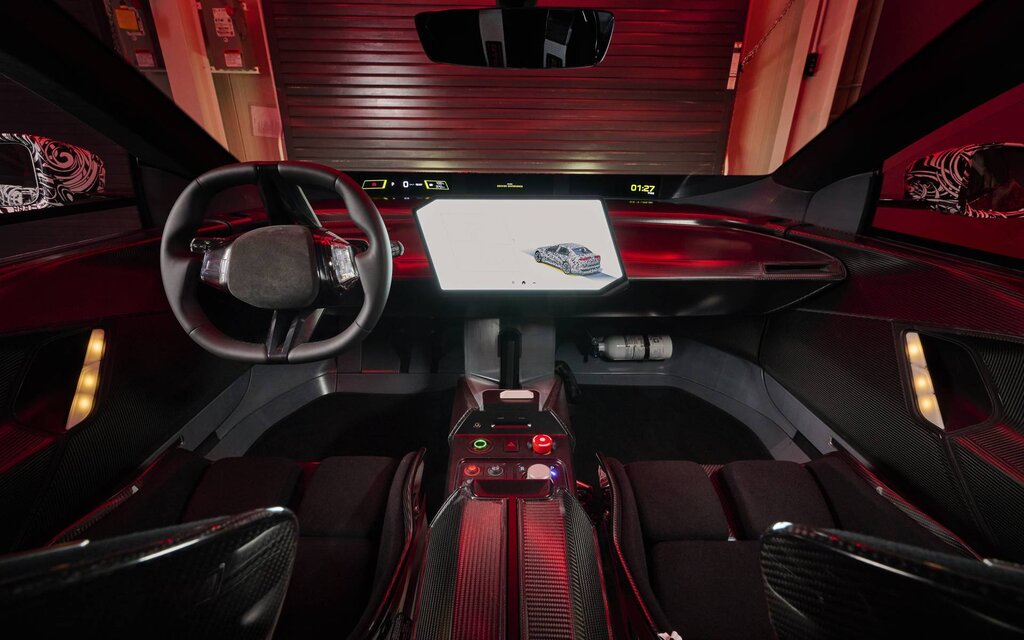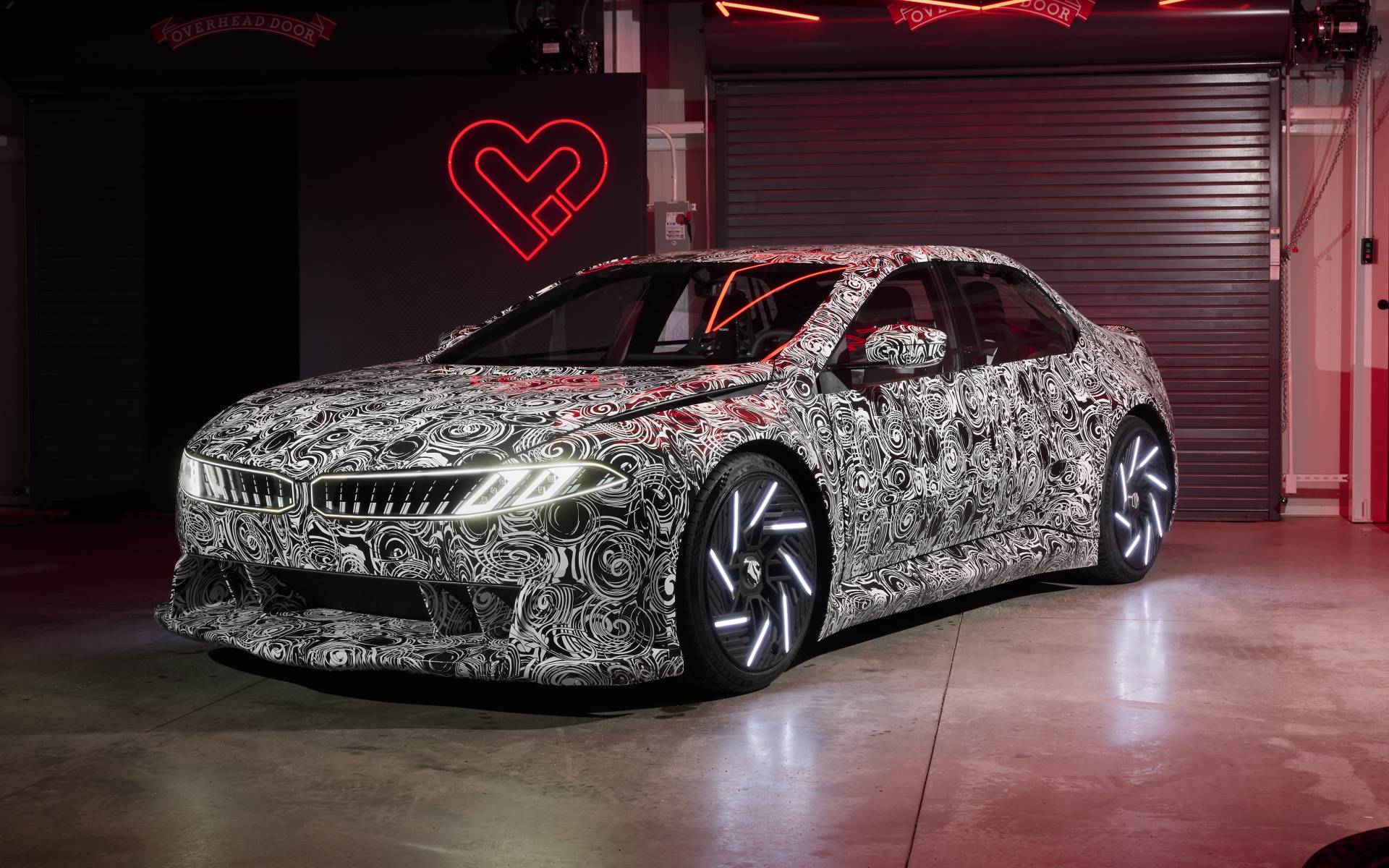BMW Vision Driving Experience Concept is “Heart of Joy” for Future EVs
Ahead of its official world premiere at Auto Shanghai 2025 in April, BMW has just introduced a new high-performance test vehicle called Vision Driving Experience that serves as a rolling test rig for drivetrain and driving dynamics management technology developed specially for its next generation of vehicles a.k.a. Neue Klasse.
That technology, nicknamed the “Heart of Joy,” will be found in every fully electric Neue Klasse model, starting with a crossover based on the Vision Neue Klasse X concept that’s scheduled to enter production later this year in Debrecen, Hungary.
- Also: Next-Gen BMW iDrive Unveiled With Panoramic Vision
- Also: BMW Vision Neue Klasse X Previews Future BMW Electric SUVs
“The Heart of Joy enables us to take driving pleasure not just to the next level, but another one beyond that,” said Frank Weber, member of the Board of Management of BMW AG responsible for Development. “In addition, we are further increasing efficiency, and therefore boosting range, as in future the driver will brake almost exclusively using energy regeneration. This is Efficient Dynamics squared.”

10 Times Faster Computer Processing
Developed entirely in-house by the German automaker, the Heart of Joy control unit for the drivetrain, brakes, charging, recuperation and steering subfunctions processes information ten times faster than previous systems, BMW said. It computes all the driving dynamics functions with a whole new level of speed and precision.
Incredibly, the Vision Driving Experience test vehicle develops over 13,200 lb-ft of torque. But why? Well, if the control system can deal with an explosion of power of this magnitude, it will be able to handle the demands of everyday driving with ease, the company pointed out.
Unlike conventional systems that have separate control algorithms for the drive system and brakes, the Heart of Joy combines drivetrain and driving dynamics functions for the first time. The high-performance unit controls acceleration and braking, vehicle stabilisation, dynamic steering functions and charging management.

Improved Cornering Performance and Braking Prowess
BMW claims the car generates impressive traction and can slice corners with exceptional precision. Fewer steering inputs are required and the car’s line can be maintained with greater stability.
Meanwhile, integrated drivetrain, braking and energy recuperation control allows energy to be used more sustainably. According to BMW, 98 percent of drivers won’t need to use the conventional brakes. Braking power generated using energy recuperation is sufficient for normal, everyday driving. This apparently results in up to 25 percent better efficiency.
In the test vehicle, the steering wheel responds with illuminating colour codes: acceleration is indicated in green, energy recuperation in blue and braking using the friction brakes in orange.
Are you looking forward to having these features and more in your next electric BMW?












